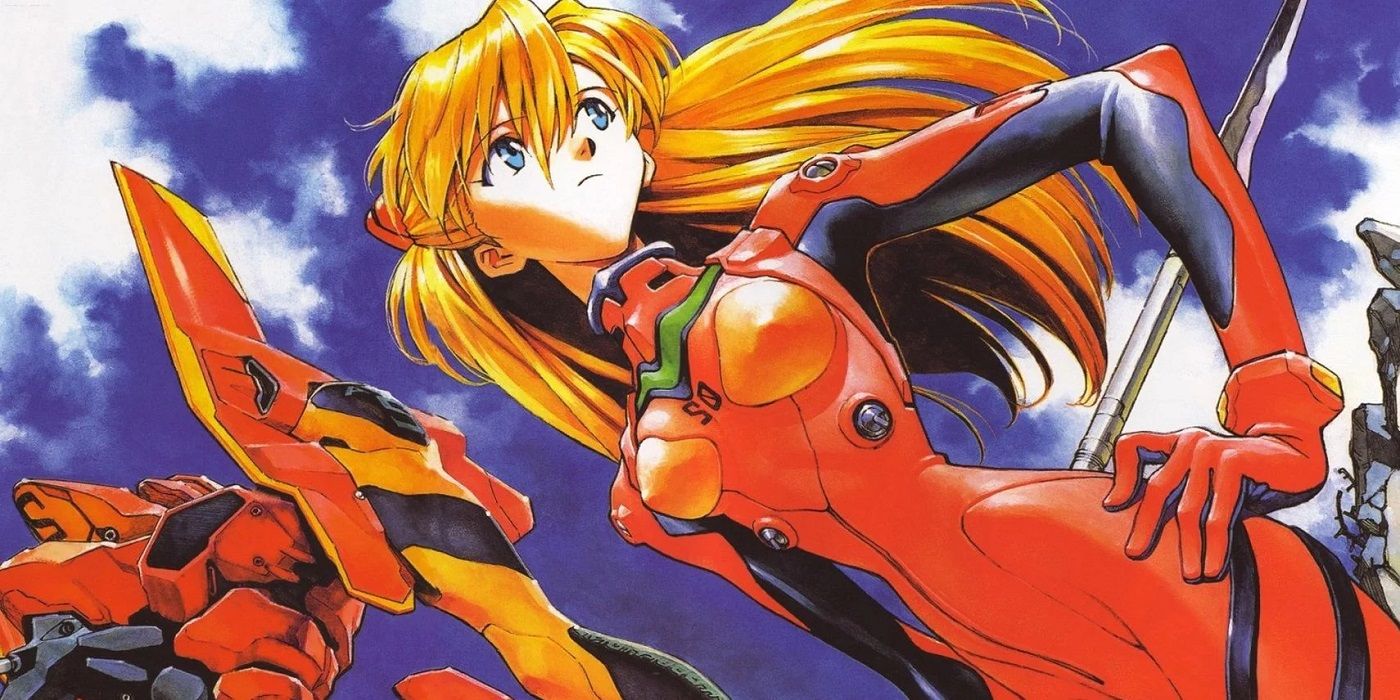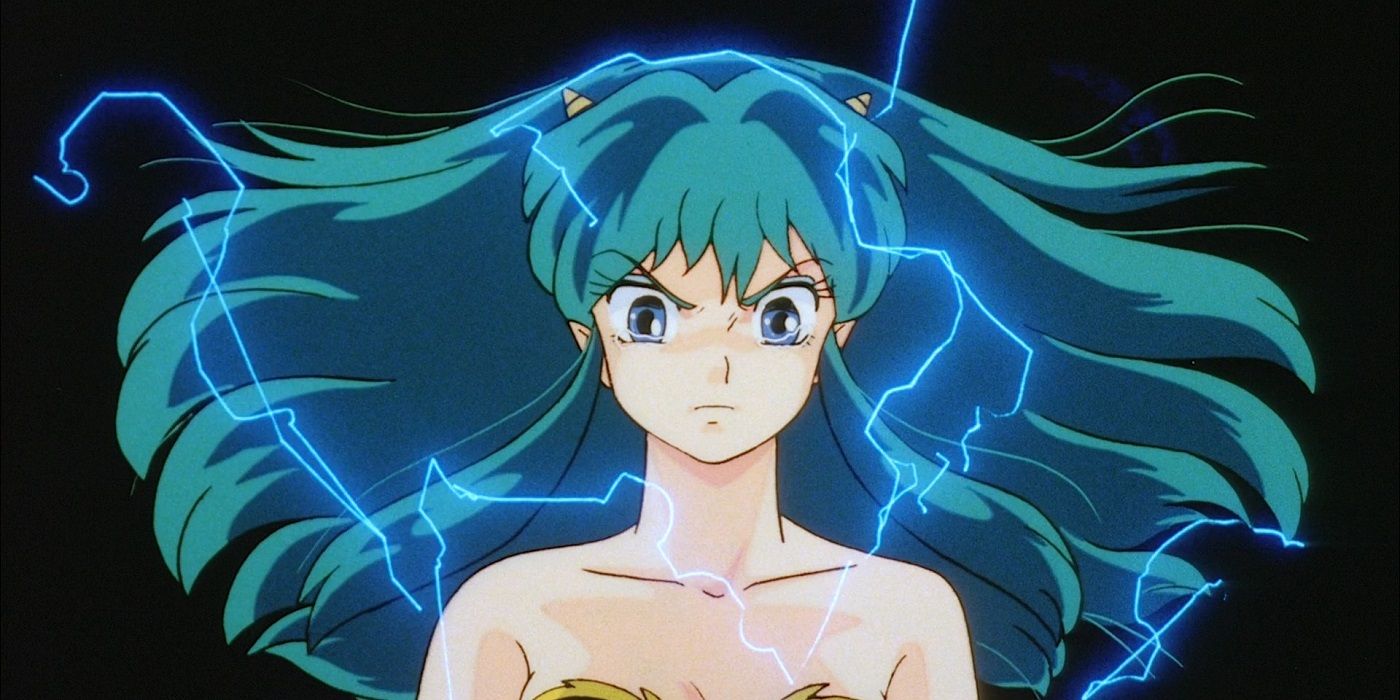Various archetypes have developed over anime’s decades-long history. Regardless of the genre or setting, viewers can always recognize a handful of common tropes creators love to make use of within their works. While plenty of character archetypes exist, the tsundere archetype remains one of the most often used.
There are a wide variety of “dere” type characters in anime, manga, light novels, and games. These characters often embody certain character traits that make up the bulk of their personality. Other popular archetypes like yandere, kuudere, and dandere characters have appeared just as frequently in anime projects throughout the years. But the tsundere stands as the most recognizable and a favorite of creators.
Telltale Signs of a Tsundere
A tsundere is basically a shy, considerate character who often puts up a front to mask their embarrassment. They’re popular with romantic comedy and harem creators due to their ability to be used comedically while also serving as a potential factor in the narrative.
Most well-known tsundere characters are female, but plenty of male characters fit the mold just as well. Characters like Germany from Hetalia: Axis Powers, Kyo from Fruits Basket, and even Ciel from Black Butler have displayed typical tsundere characteristics.
The term has evolved over the years and can be applied to any sort of stoic character with a hard exterior that masks their underlying kindness. Apathetic characters like Dragon Ball’s Vegeta, or Attack on Titan’s Levi are sometimes referred to as tsundere by fans due to their capricious behavior.
Different variations have appeared with certain characters deviating from typical tsundere behavior, while still retaining core traits associated with the archetype. These characters maintain the bashful and irritable traits classic tsundere characters are known for, and rather than embody the archetype outright, instead adjust it to better suit their individual personalities.
Origin of Tsundere Characters
The word “tsundere” comes from a combination of the Japanese words “tsuntsun” and “deredere”. The former roughly translates to “irritable” while the latter takes on the meaning of being “love-struck”. Tsundere characters have come to be known for their flippant personalities, switching between affection and aggression at the drop of a hat.
This personality trait often comes to light when interacting with a love interest, and so tsundere characters most frequently appear in romantic comedy and harem anime. These characters tend to play the role of comic relief, and usually add some levity to a given scene at the main character’s expense.
The exact origin of the tsundere archetype is something that is contested among contemporary critics, as various characters have displayed tsundere traits over the years. In The Otaku Encyclopedia: An Insider's Guide to the Subculture of Cool Japan, author Patrick Galbraith notes that Urusei Yatsura's Lum is considered by some to be the first character to fit the tsundere mold.
Lum is often shown to be affectionate throughout the series but is quick to anger whenever the series main character, Ataru, draws her ire. Though, unlike most modern examples, Lum’s change in attitude is often the result of Ataru’s sordid behavior rather than an attempt to hide her emotions. In fact, Lum is much more outgoing than most modern tsundere characters. Kimagure Orange Road’s female lead, Madoka Ayukawa, might be a better example as she is one of the earliest characters to display the bashful, hot-and-cold behavior that would come to define the modern tsundere in Japanese media.
Most Recognizable Examples
Voice actress Rie Kugiyama has made a career of playing tsundere characters in various anime, to the point that she’s considered synonymous with the archetype itself. Kugiyama has played popular tsundere characters such as Louise in The Familiar of Zero series, Taiga Aisaka in Toradora, and Shakugan no Shana’s Shana.
Some of the most recognizable tsundere characters aren’t even from the typical romantic comedy series that have made the archetype so popular. Rin Tohsaka from Fate/stay night is one of the most recognized and beloved tsundere out there. Other popular tsundere like Steins;Gate’s Kurisu Makise and Neon Genesis Evangelion’s Asuka Langley Soryu are considered synonymous with the trope. Asuka in particular is regarded as one of the most iconic examples of the stereotype in modern anime.
Tsundere characters don’t seem to be going anywhere. What makes a tsundere has changed over the years, and while the archetype can be boiled down to a handful of traits, the way in which characters are made to embody these characteristics will always vary from series to series. As the anime landscape continues to grow and change, there’s no guarantee that old staples will carry over as the years go by. But anime fans can expect these hot-headed characters to live on in some shape or form.




